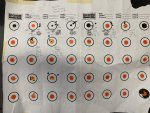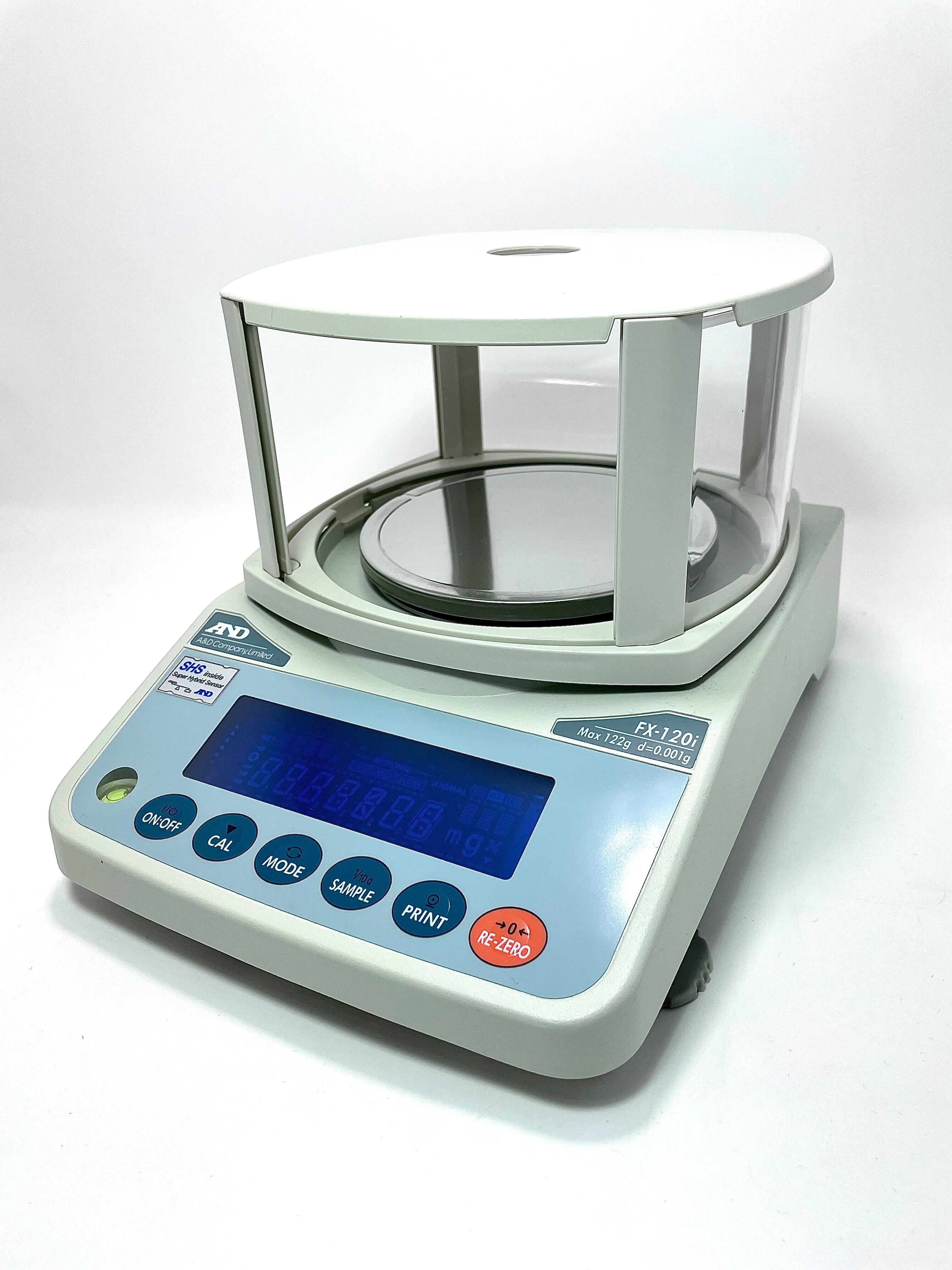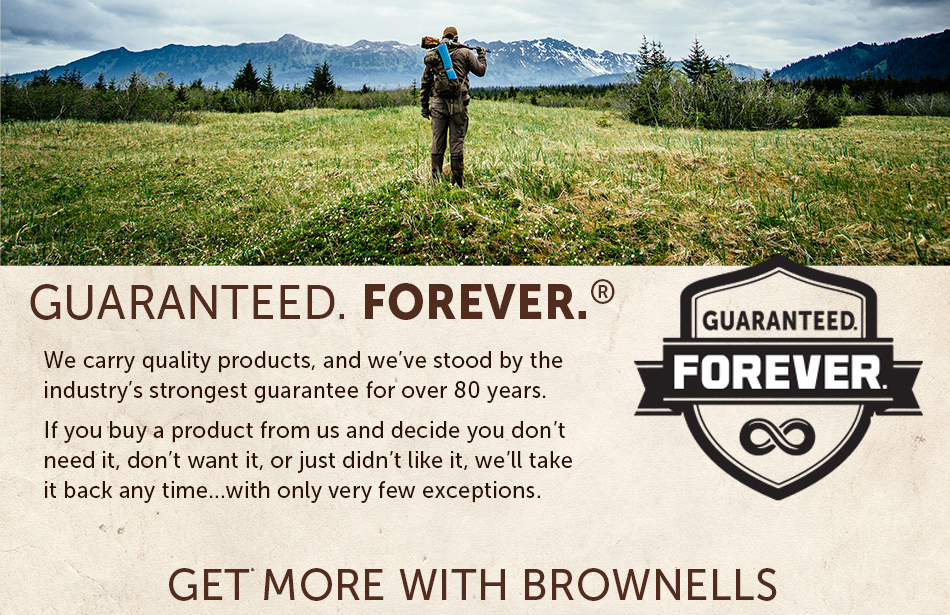Hey guys. Little background first. Been reloading for over 10 years. Shoot 100-600 yards. Don’t shoot in competitions. obsessed with small groups.
Process and Tools I use are pretty consistent across all calibers: wet tumble, FL size / bump back .003, trim/Debur/chamfer, uniform flash hole, anneal my cases, use standard Forster sizing dies, Forster micrometer seater, Hornady Concentricity gauge.
Normally when I do load development, my process is, I would do 3 shots each load tested, .005 off land, look at a set of 3 loads with the most consistent POI to one another, with acceptable grouping, then test those 3 loads again, sometimes with minor adjustments to OAL, but rarely needed. Have consistently achieve 1/4 to 1/2 MOA with it.
So, last month I decided to take it another notch up and pick up a LabRadar. Perhaps this may, or may not make a diff, but I want to take a more data centric approach to my process. Need your expertise on how I should look at this info, and how does that effect my process in load development.
***Ill share another post below with my recent 6.5 load (New to 6.5CM), data, and results. Any input you can provide would be greatly appreciated.
Process and Tools I use are pretty consistent across all calibers: wet tumble, FL size / bump back .003, trim/Debur/chamfer, uniform flash hole, anneal my cases, use standard Forster sizing dies, Forster micrometer seater, Hornady Concentricity gauge.
Normally when I do load development, my process is, I would do 3 shots each load tested, .005 off land, look at a set of 3 loads with the most consistent POI to one another, with acceptable grouping, then test those 3 loads again, sometimes with minor adjustments to OAL, but rarely needed. Have consistently achieve 1/4 to 1/2 MOA with it.
So, last month I decided to take it another notch up and pick up a LabRadar. Perhaps this may, or may not make a diff, but I want to take a more data centric approach to my process. Need your expertise on how I should look at this info, and how does that effect my process in load development.
***Ill share another post below with my recent 6.5 load (New to 6.5CM), data, and results. Any input you can provide would be greatly appreciated.






